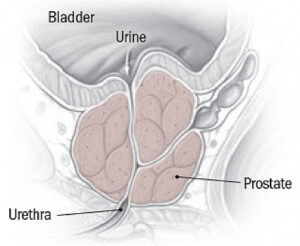If you’re a new parent, you have probably heard one too many stories about teething. That’s because it can be quite a painful process! Luckily, there are ways to help ease your child through this tough time.
It’s important to establish a schedule that is both comfortable and effective for your nannusays. This article will give you some helpful tips on how to do just that. Here are some of the best practices that should be followed when caring for your teething child.
What are the different stages of teething?
Teething occurs when your child’s first tooth erupts. This can happen any time from ages six months to two years old. During this stage, the baby may appear irritable and develop a fever. The eruption of a tooth will typically last for about four days. When the cheek-to-cheek teeth come in, your child will become more comfortable because they won’t have to bear down as hard to chew food.
There are three stages of teething:
1) Natal Teething –
2) Infant Teething –
3) Juvenile Teething –
Natal teething is when a tooth starts to emerge with or without pain and difficulty while infant teething happens during the first six months of life. Juvenile teething can be at any age as long as there is no sign of pain associated with it.
What to do during the first month of teething
Let your child chew on their own toys for comfort. Give your child teething rings to chew on. Offer frozen or chilled teething rings, but make sure they are appropriate for the age of your nannu says. Offer ice chips to help soothe the pain. If you notice a fever developing, call the doctor immediately
What to do in the middle of teething
When your child is teething, it can be hard to know what to do. You might be overwhelmed with all the advice you’re getting from family and friends.
The first thing to do is provide a warm bath.
This will help soothe the baby’s tender gums and ease any discomfort they may be feeling.
Next, provide something for the child to chew on. A clean piece of cloth or a teething ring can help relieve some of the pain in their mouth as well as allow them to practice their jaw movement and molars coming in.
How long will your baby be in pain?
The first thing you should do is check your child’s doctor to see how long the teething process will last.
Infants typically start to show signs of teething around six months of age. Some may even start teething before six months. It can also depend on the severity of the pain, and how quickly it progresses. As a general rule, infants usually experience pain for two to four weeks, though some can last up to six weeks!
How will you manage your child’s pain?
The first step is to understand how your child will react to their teething pain. Some children handle the pain more efficiently than others.
There are many ways to manage your child’s teething pain. You can offer a cold teething ring, chilled food, or even a frozen washcloth. You can also try some topical creams that contain benzocaine.
Some alternative remedies for toothaches include placing a cool compress on the painful area, using homeopathic remedies, and eventually going on medication once the pain becomes unmanageable.
Conclusion
The teething process is very brief and will not last a long time. There are tons of things that you can do to ease the pain and avoid any further complications. By knowing the different stages of teething, as well as what to expect during each stage, you can be prepared for your baby’s teething experience.





